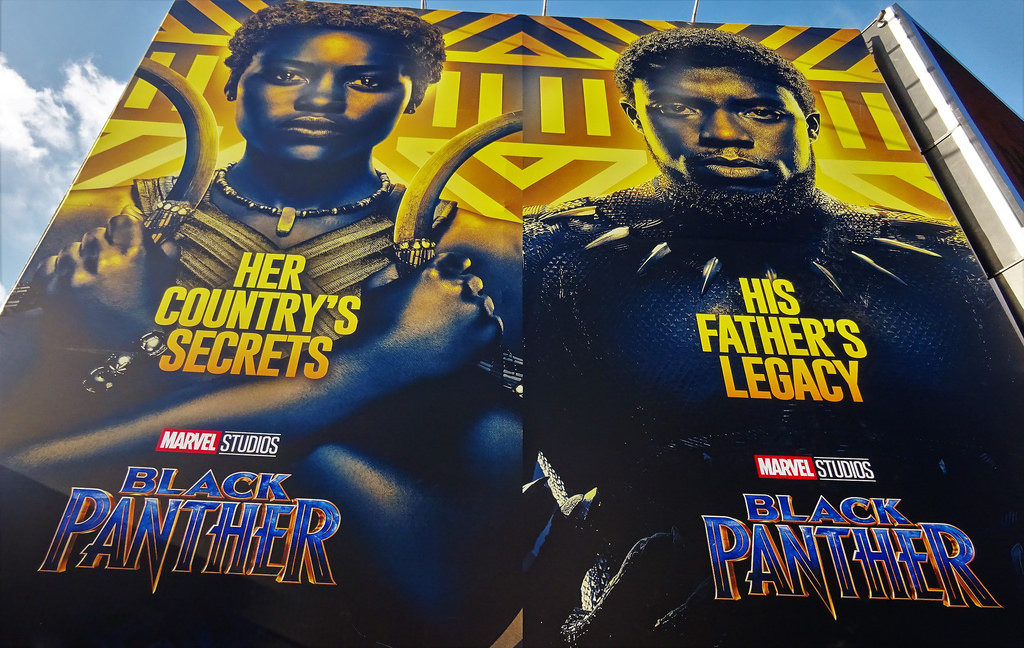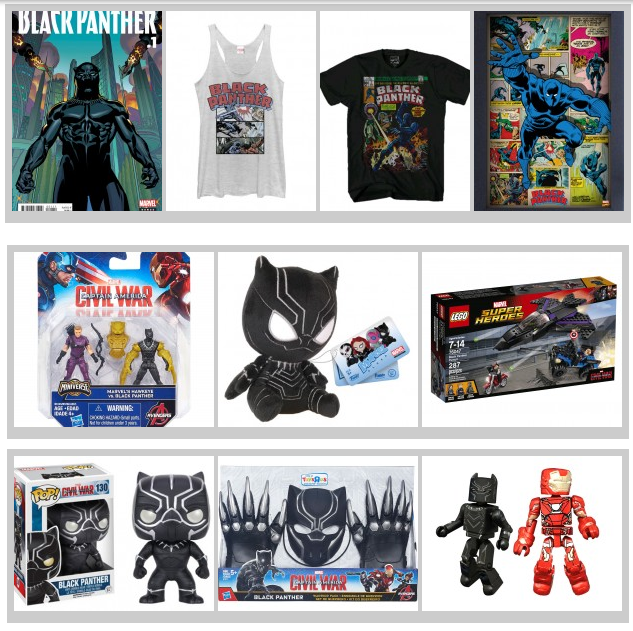Analysing bias and the construction of representation in The Times and The Daily Mirror
(Wed, 13, March 2019)
(Wed, 13, March 2019)
The Daily Mirror
- There is a Masthead on the top right of the newspaper, it is in bold (colour red) and is large for the reader to see. The name 'daily mirror' suggests that it is a reflection of everyday.
- The headline, 'Brexit delay mayhem', summarises the main point of the article of being about a delay in Brexit.
- There are page numbers at the top left, 'Enders Haley glassed by thug' and at the bottom right of the main news headline.
- The target audience is working-class and over 18 because of the lexis used and the betting adverts.
- The skyline on the paper is on the top right for Eastenders gossip.
- The standfirst is 'PM loses key votes again' above the headline.
- The byline is found above the body of text of the main headline, 'Pippa Crerar Political Editor'.
- The main headline is the lead story.
- The page furniture is the advertisement for Ladbrokes and for Coral, both are for betting.
- The main font used is sans-serif, with some serif fonts.
- It follows the generic conventions of a tabloid, by including small amount of text, adverts and a lot of images.

- The agenda is to make the audience believe that the prime minister isn't good.
- The political bias appears to be not in favour of May, who was a conservative leader, making the paper seem left wing. It's further found through the lexis, 'mayhem', 'loses key vote', 'massive defeat leaving nation facing months of chaos', which sound more negative towards the prime minister at the time. The use of imagery of her is small, making her appear insignificant.
- The representation of Britain constructed in this newspaper is from having 'the most chaotic and destructive British Government in living memory' found from the political bias of the newspaper having a different view compared to the government from the lexis and imagery.
The Daily Mirror - Double page spread

- The headline, 'A faller at 2nd', summarises what the story will be, it is also in large and on a double-page spread.
- The main image is also a centre spread of May, suggests the story will be about her.
- Page numbers at the bottom of the page, to show more information or similar news to the page.
- There is a pull quote, 'The PM did pull a rabbit out of the hat, she brought it back and the Attorney General shot it', said by an MP.
- Standfirst is in bold and in red, 'Brexit shambles: Now it's going to be delayed'.
- The byline is found on top of the main body of the text.
- Between the columns you can find the gutter.
- Side panel on the left, relates to the main article.
- The agenda of the newspaper is to convince the reader that May isn't a reliable prime minister.
- The political bias appears to be left-wing because they show that they are not in favour of May (conservative), the lexis used shows this such as, 'Brexit shambles', 'ever-dwindling authority finally collapsed', it's negative to her and her ideas. The imagery used of her looks like she is surrendering with her hands up.
- The representation of Britain constructed in this newspaper is that the prime minister at the time, May, is failing and that she has to keep delaying Brexit, 'it's going to be delayed'.
The Times
- The masthead is along the top of the newspaper and in large, the name, 'The Times' suggests history as well as the serif font makes it look sophisticated. The coat of arms in the middle with a lion and unicorn that signifies Britain, it's traditional and represents the monarchy. This suggests the reader will have more traditional and conservative views.
- The caption underneath the image, 'Theresa May leaving parliament last night after her heavy defeat. She told MPs that they had to face unenviable choices’.
- The headline is 'driven to despair', which summarises what the article will be about.
- The main image is May, the prime minister at the time.
- The page numbers are found at the bottom right for other news stories.
- Skyline found at the bottom of the newspaper, to show other news that the reader can also read.
- Standfirst found above the main body of text and below the main headline, ‘Britain in crisis as May plan crushed again’, ‘MPs vote today on no-deal Brexit’, ‘Prime Minister may face registration calls’.
- Byline found above the main body of text.
- The main body of text is the lead story of the newspaper on that paper.
- In the skyline there are stories, with page numbers at the bottom, this is also a hermenuetic code.
- A folio on the top of the paper, ‘Fashion 8 best styling tricks for your spring wardrobe’.
- It follows the generic conventions of a newspaper by including small amount of images and a large amount of text.

- The agenda of the newspaper is to convince the reader that there is still a chance with the prime minister.
- The political bias of the newspaper appears to be in favour of May, the prime minister at the time, because of the name of the newspaper and also despite May delaying Brexit, the newspaper doesn't mock her through the use of lexis compared to The Daily Mail.
- The representation of Britain in the newspaper is seen as in 'crisis', and as well as May the country is also being 'driven to despair', but because the target audience and reader are in favour of conservatives they may believe that there is still hope.
















